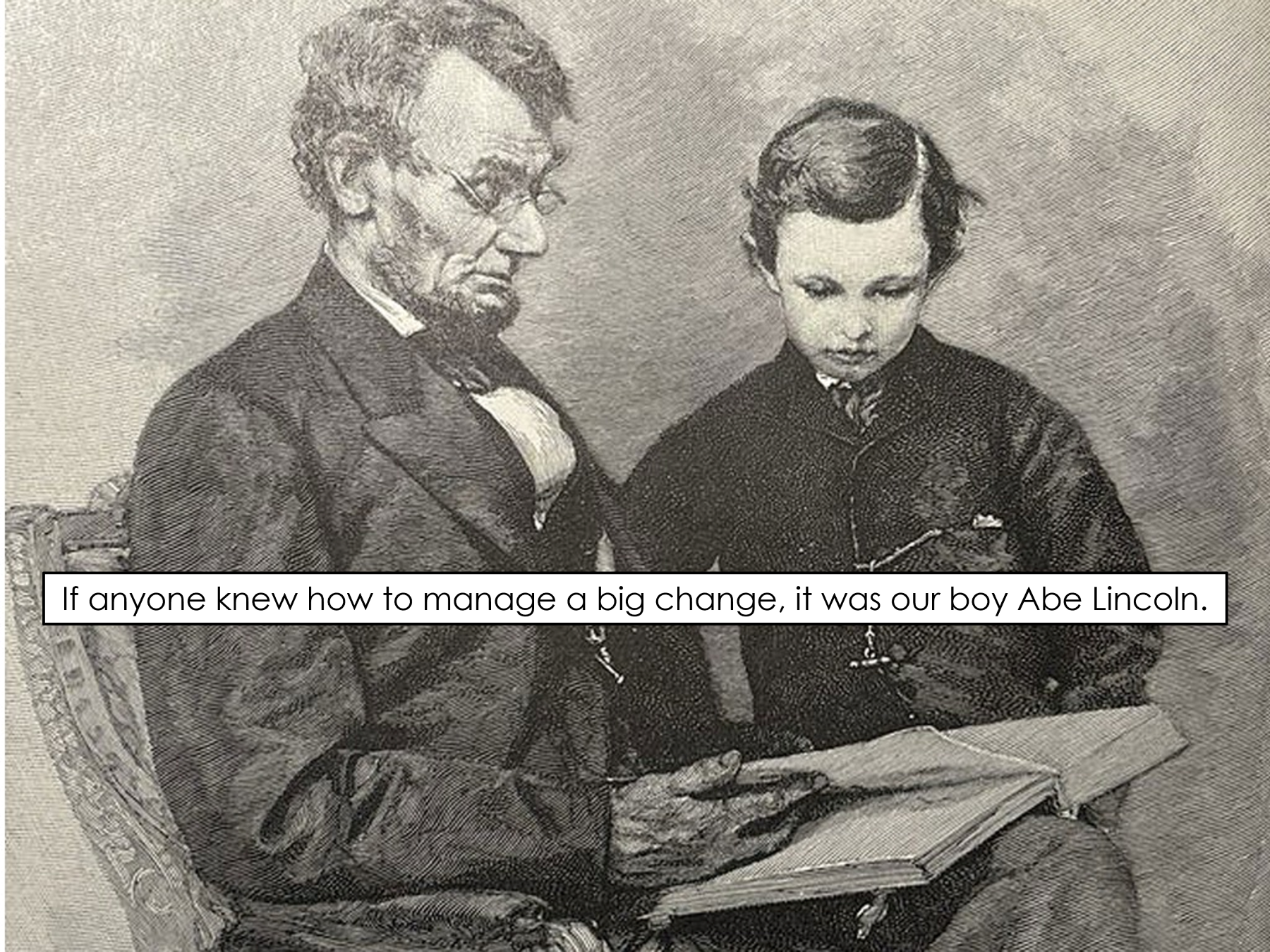
How Government Agencies Use Storytelling in Change Management.
Change management is an essential function for any organization, but it’s especially important for federal government agencies. Change initiatives help drive the agency’s mission, which can impact millions of US citizens. Storytelling is fundamental to effective change management. Stories engage, inspire, and move people to action, making them a potent tool for leaders helping their agencies change and thrive.
Here are a few reasons government agencies should integrate storytelling into their change management approaches.
1. Stories work.
Humans are naturally drawn to stories. Stories are how we make sense of the world and our place within it. In the context of federal agencies, stories can transform abstract concepts into tangible examples that employees can understand and relate to. When leaders share stories of successful change, they provide a narrative that helps people envision the positive outcomes of the transformation.
2. Stories promote your change.
A compelling change narrative should be authentic, relatable, and aligned with the agency’s values and mission. It should illuminate the “why” behind the change, the vision for the future, and the role each employee plays. For instance, a story about how a new technology will improve citizen services can help employees see the importance of their contribution to the larger goal.
3. Stories combat resistance.
Stories are also powerful learning tools. They can be used to illustrate best practices, common pitfalls, and lessons learned from past changes. By sharing stories from within the agency or similar organizations, leaders provide a roadmap for navigating the complexities of change; this tamps down resistance and builds confidence in the change.
4. Stories engage employees.
Change can be daunting. But stories can create emotional connections that facts and figures alone cannot. They can motivate employees by describing the human impact of the change, such as how it improves the lives of the public or enhances the work environment for staff.
5. Stories drive commitment.
Inclusivity should be a cornerstone of stories in change management. Diverse perspectives help the narrative resonate with a broad audience and make all stakeholders feel heard. Inclusive stories foster a sense of belonging and commitment to both the change process and the agency.
The power of story in change management cannot be overstated. For federal government agencies, where change can be particularly complex and impactful, stories unite, guide, and inspire employees. As agencies continue to evolve and adapt to new challenges, the stories they tell will shape their path forward.




